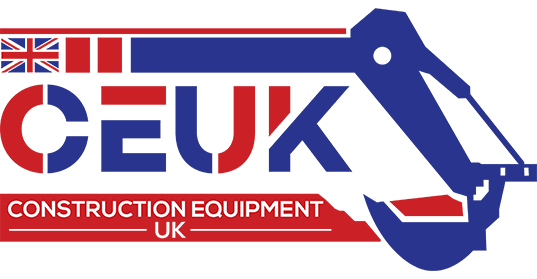Construction Site Essentials: An Overview on Bulldozers
A construction requires different specialists to perform specific tasks. From engineers down to heavy equipment, drivers need to be present to ensure a tight construction calendar. Like any professional, these people need to have the right tools to help them perform their jobs properly. This is why it’s necessary to have equipment that accomplishes a specialised requirement. Doing so ensures an optimised workplace committed to reaching deadlines.

Understanding Bulldozers and Your Construction Project
A Bulldozer is one of the many construction tools mainly used for excavation and digging. It can also push down structures and level dirt around construction areas. Its heavy metal tracks make it ideal for rough terrain, which is why it’s necessarily the first thing to enter a construction or demolition site. This is because their tracks aren’t effective in paved concrete or asphalt.
Bulldozers are commonly used for building roads, clearing work sites, and even plowing snow. They are often used in tangent with other heavy equipment to complete excavation projects and other digging machines. Since its large flat blades can push and move different forms of debris, bulldozers can also function in diverse industries. Besides construction work, bulldozers are also effective in mining and farming applications.
Listing Down Safety Precautions for Driving Bulldozers
While bulldozers are built to be durable enough to haul and dig through different kinds of debris. However, they still need to be handled safely to avoid equipment malfunctions or considerable damage to its parts. Listed below are some safety precautions you should remember when driving a bulldozer:
- Remember to Wear Safety First: Like in any vehicle, it’s important to wear your seatbelt when operating a bulldozer. You must also wear safety shoes, hard hats, and reflective vests for your safety even when on board the vehicle.
- Use Caution When Driving On Uneven Terrain: The equipment’s center will define its balance, especially when driving on rough terrain. This is why it’s vital to be mindful of its centre of gravity.
- Watch Your Surroundings: Bulldozers naturally have blind spots, which can make it difficult to maneuver. This is why it’s best to coordinate with people around you when driving or use modern tech to be more aware of your surroundings.
Watching Out for Environmental Hazards
Since bulldozers will mostly work on rough terrain, it’s vital to be extra cautious of your surroundings. While its blades can typically lift and trample different forms of debris, its tracks aren’t as durable. This is why you must pay attention to various environmental hazards.
Before starting a project, note potential areas that can compromise your bulldozer’s movement. This includes holes, ditches, cisterns, or other similar areas. It’s best to indicate these areas on your map and leave markers on-site to avoid them safely. It will also help to use an appropriate-sized bulldozer to drive around these risk areas easily.
If the site experiences rainfall or other natural environmental changes, it’s best to inspect the site before deploying your bulldozer and other heavy equipment. Wait until the site’s condition improves to prevent any preventable accidents in your workplace.
Conclusion
You can equip bulldozers with different blade types, making it improve its multifunctionality to any construction project. However, before you invest in these attachments, you must first have the right bulldozer to attach them to. Thankfully, you can browse heavy equipment brands online to find the right purchase for your purposes.
If you’re looking for a bulldozer for sale in the UK, we have a range of options you can choose from. At Construction Equipment UK, we provide contractors with the right tools to accomplish a project successfully. Browse our site today!

